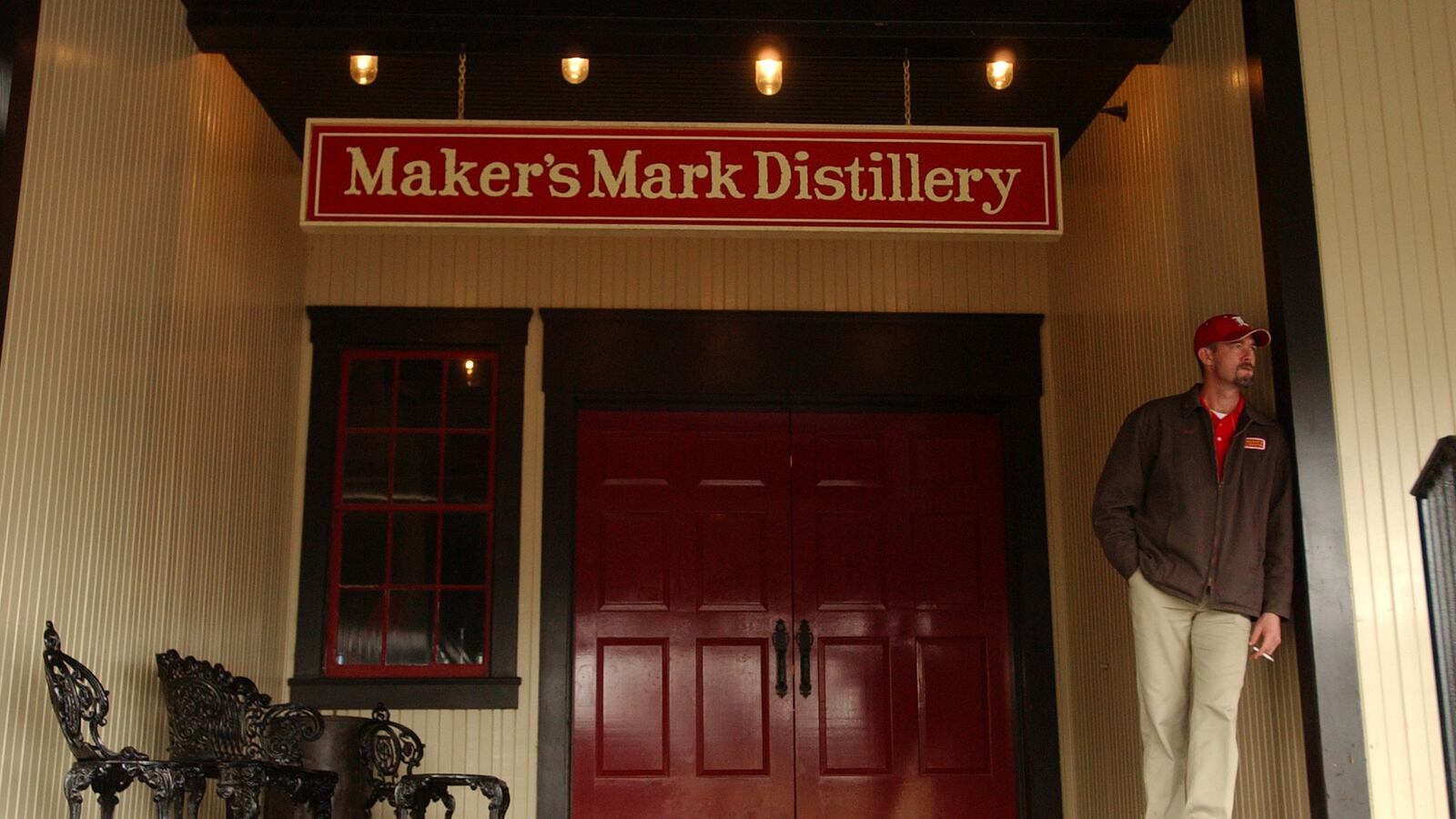Maker's Mark is watering down the whiskey.
Zachary Seward reports that they are lowering the alcohol content very slightly, by about 3%. (Unclear whether that's 3% of the current alcohol by volume, or 3% points). According to the executives at Maker's Mark, you can't taste the difference.
Maker's Mark cites strong foreign demand for their product, which has led to some interesting internet chatter on the economics of price increases. Are premium bourbons like ticket prices, something for which the makers charge less than they could in order to maintain a broad fan base that supports their brand?
Maybe. But there's another angle that should be considered.
Consider a graph:
That's the price of Corn futures. The primary ingredient in bourbon is corn.
The internet reports that Maker's Mark is aged for 5 to 6 years, which means that the production cost for the stuff that is currently on the market was lower than the production cost of the stuff that is about to go onto the market. And with little sign of prices abating, Maker's Mark may be looking for a way to keep their prices down.
Food and beverage producers faced with an increase in the cost of ingredients frequently resort to dodges like shrinking the packages in order to avoid sticker shock. Whiskey, however, is sold in standard sizes. So if you want to "shrink" the product, you use more water, less whiskey.
Of course, it's entirely possible that this really is all about bourbon-hungry Austrians sucking up the American supply. But the alternative possibility seems at least worth mentioning.




